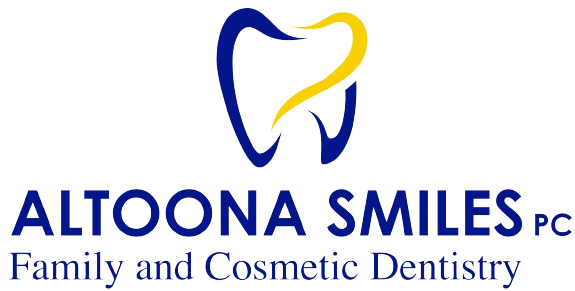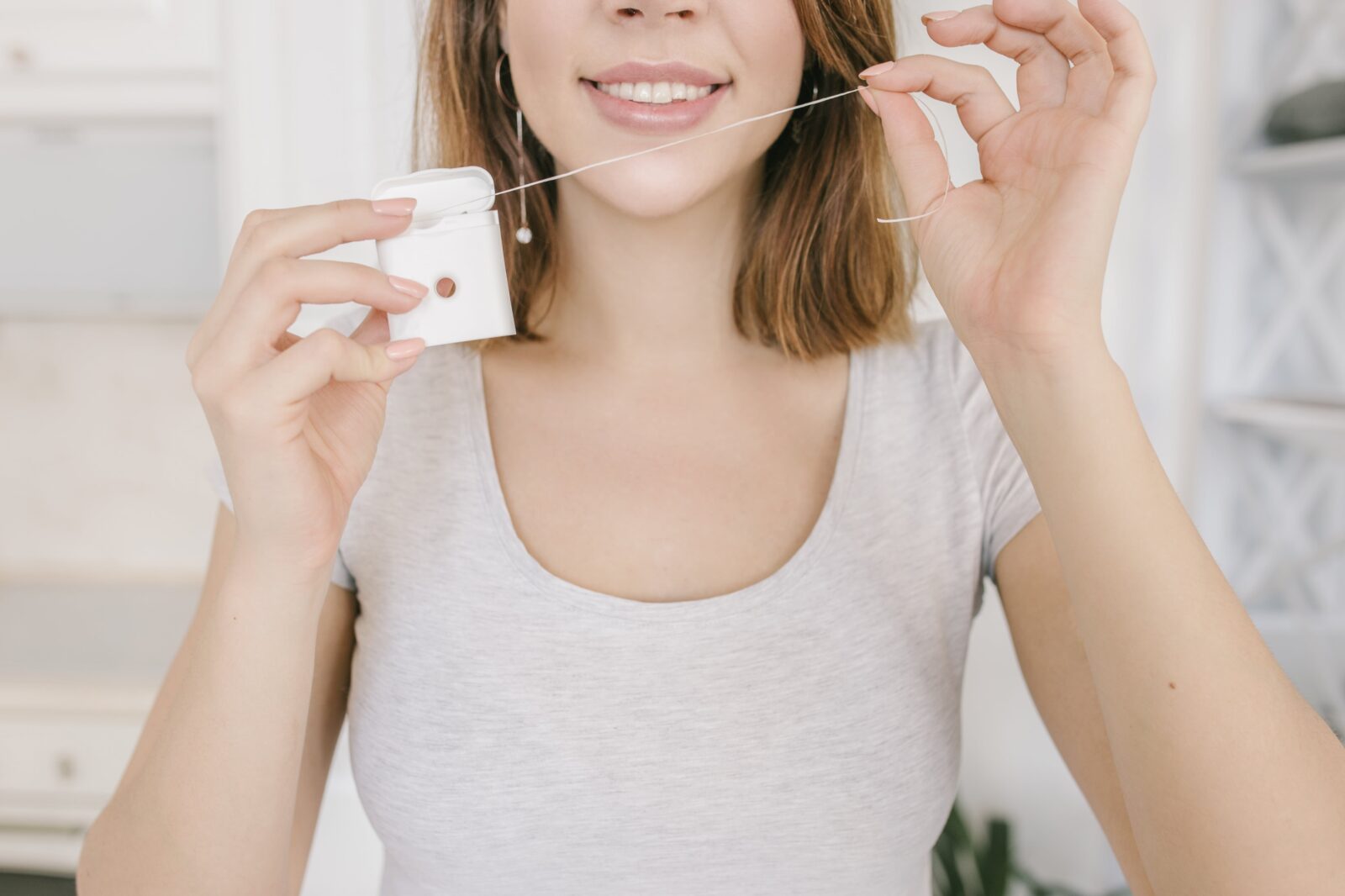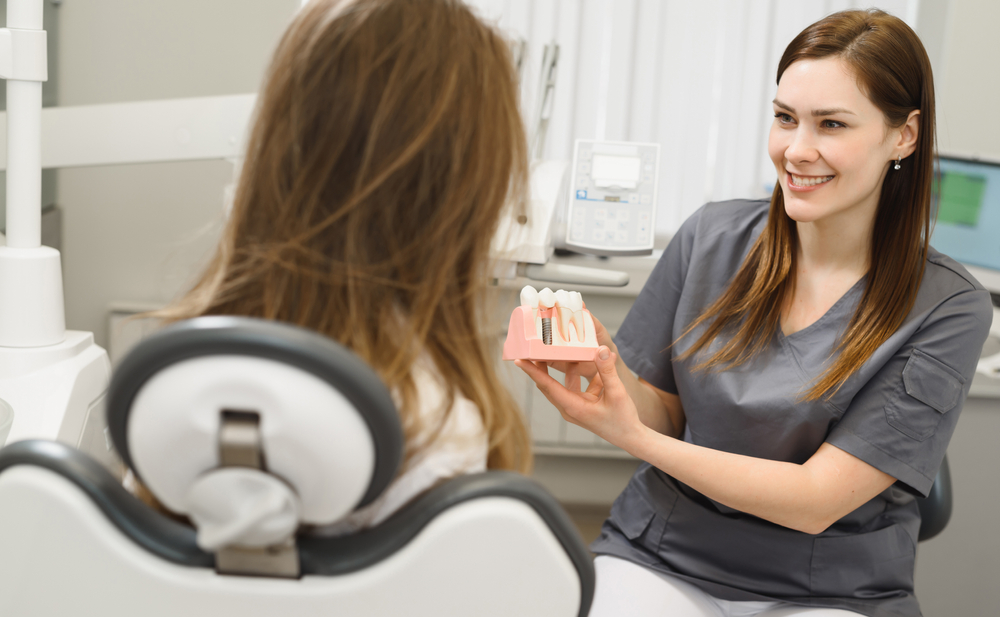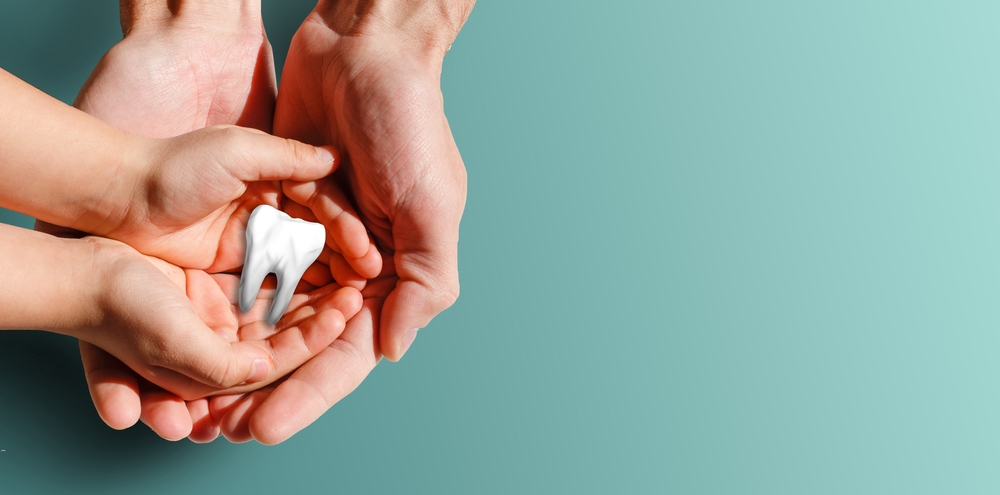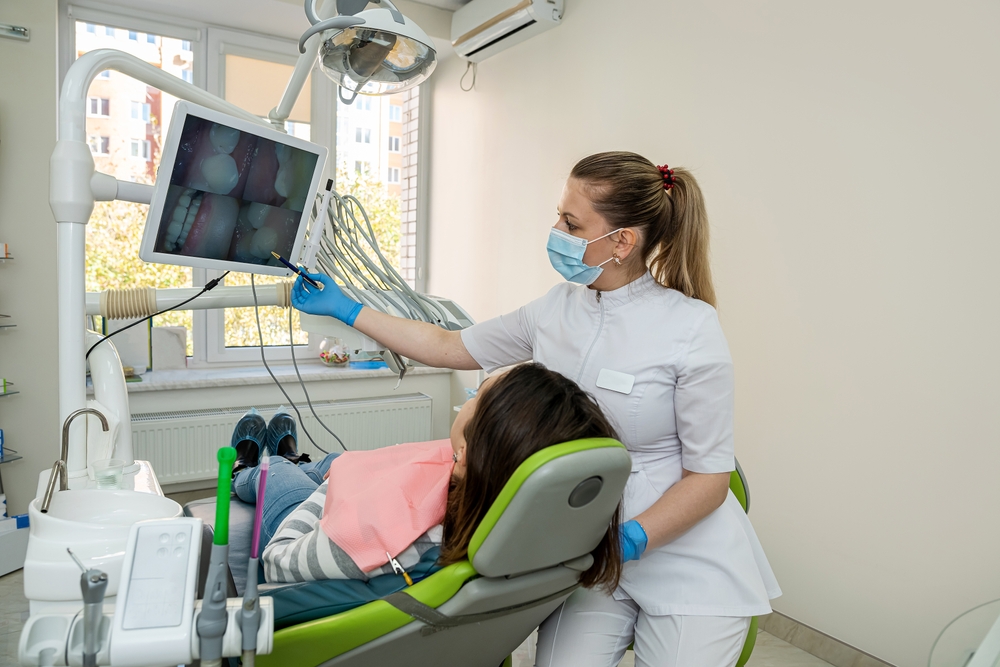Maintaining good oral hygiene is crucial for a healthy, beautiful smile, and one of the most essential aspects of this routine is flossing. Flossing helps remove plaque and food particles from between your teeth and along the gumline, preventing gum disease and cavities. However, many people struggle to floss consistently and effectively. If you’re looking to improve your flossing routine, here are ten tips to help you achieve a healthier smile.
Why Floss?
Flossing is critically important for maintaining good oral health, and while brushing is essential, it is not sufficient on its own. Here are several reasons why flossing is so important and why it complements brushing:
Removes Plaque and Food Particles Between Teeth:
Flossing is specifically designed to clean the areas between your teeth and along the gumline, where toothbrushes often can’t reach effectively. Plaque and food particles can accumulate in these tight spaces, and if left unaddressed, they can lead to dental problems like cavities and gum disease.
Prevents Gum Disease:
Gum disease, also known as gingivitis and periodontitis, often begins between teeth where bacteria thrive due to poor cleaning. Flossing helps remove these bacteria and prevents the development of gum disease. Gingivitis, if left untreated, can progress to more severe periodontitis, which can result in tooth loss.
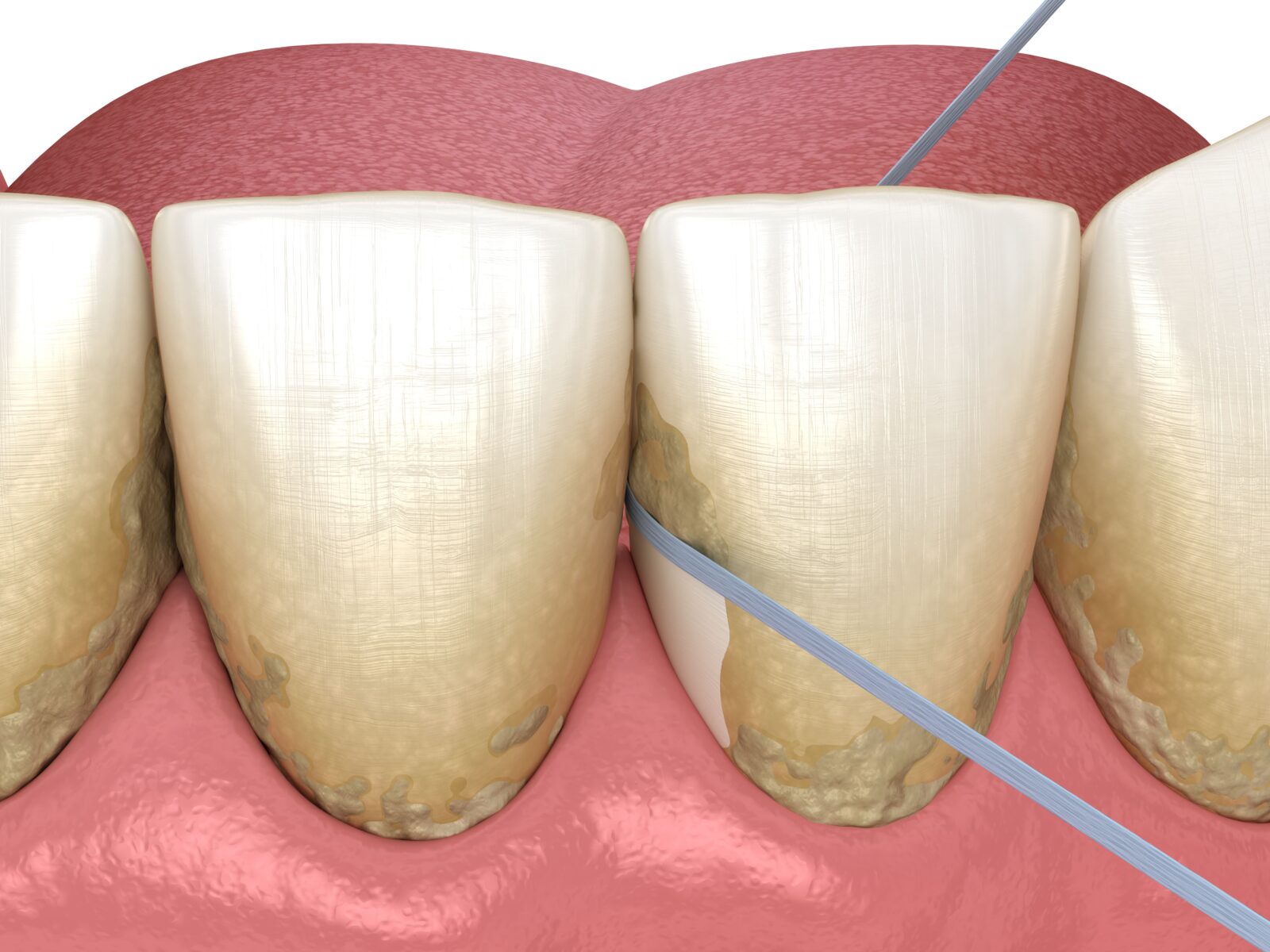
Reduces Bad Breath:
When food particles and plaque build up between your teeth, they can contribute to bad breath (halitosis). Flossing helps eliminate these odor-causing substances, leaving your mouth feeling fresher.
Prevents Tooth Decay:
Plaque is a sticky film of bacteria that constantly forms on your teeth. When you brush, you remove some of it, but flossing is necessary to remove plaque from the areas your toothbrush can’t access. This helps prevent the development of cavities.
Maintains Overall Oral Health:
Good oral health is not limited to the appearance of your teeth but also involves the health of your gums and the supporting structures of your teeth. Flossing plays a vital role in maintaining the health of your entire oral cavity.
Prevents Tartar Buildup:
When plaque is not adequately removed, it can harden into tartar (or dental calculus), which can only be removed by a dental professional. Regular flossing helps prevent the buildup of tartar.
Preserves Your Smile:
Gum disease and tooth decay can lead to tooth loss, which can affect your smile and overall quality of life. Flossing, in conjunction with regular brushing and dental check-ups, can help preserve your teeth and smile for years to come.
Reduces the Risk of Health Complications:
There is growing evidence of a link between oral health and systemic health. Poor oral hygiene, including inadequate flossing, has been associated with an increased risk of certain systemic conditions, such as heart disease and diabetes.
In summary, brushing alone cannot provide comprehensive oral hygiene care because it primarily addresses the surfaces of your teeth. Flossing is essential because it reaches the spaces between teeth and along the gumline, where many dental issues originate. To maintain optimal oral health, it’s crucial to combine regular and effective brushing with consistent flossing, along with routine dental check-ups and cleanings.
Flossing Tips
Choose the Right Floss:
Choosing the right dental floss is essential for an effective oral hygiene routine. When selecting dental floss, consider factors like your personal preferences and specific dental needs. Start by assessing the type of floss that suits you best, whether it’s waxed or unwaxed, flavored or unflavored, or dental tape for wider gaps. If you have braces, dental work, or closely spaced teeth, you may opt for specialized floss options like dental tape, floss threaders, or orthodontic floss. Additionally, individuals with sensitive gums might prefer softer, ribbon-like floss to minimize irritation. Ultimately, the key is to choose a floss that you feel comfortable using consistently, as regular flossing is more important than the specific type of floss you select. Experiment with different options to find the one that best fits your unique needs and makes it easier for you to maintain good oral hygiene.
Make Flossing a Daily Habit:
Consistency is key when it comes to flossing. Aim to floss at least once a day, preferably before bedtime, to remove the day’s buildup of plaque and food particles. Making flossing a fun and enjoyable part of your daily routine can help you stay committed to good oral hygiene. One way to make flossing fun is by incorporating it into your daily self-care ritual. Consider playing your favorite upbeat music or a podcast you enjoy while you floss. You can also challenge yourself to floss while doing something you love, like watching a short YouTube video or catching up on a TV series. Another idea is to meditate while flossing to help you relax for bedtime. By associating positive experiences with flossing, you can turn it into a fun and satisfying habit that contributes to a healthier smile.
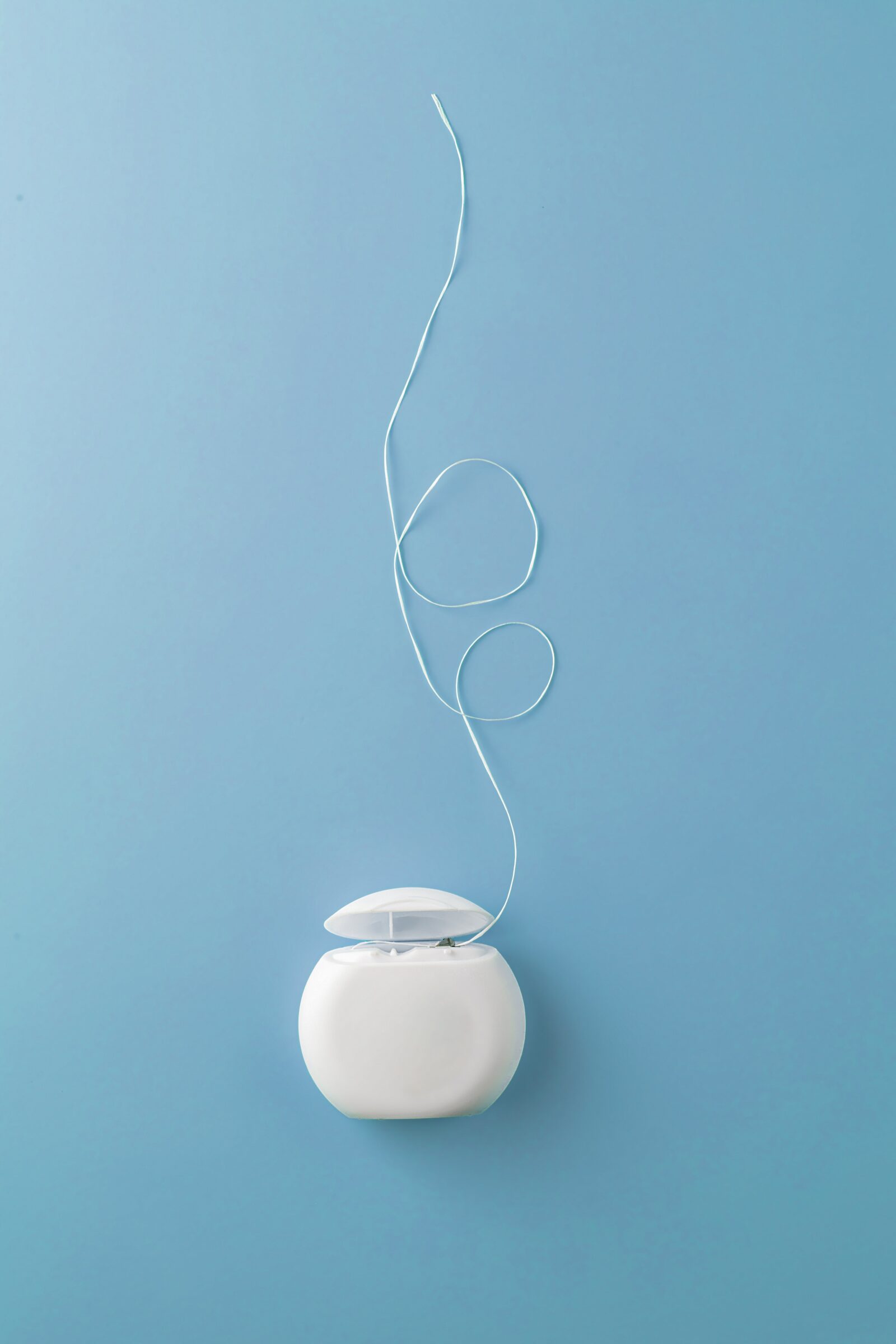
Correct Flossing Technique:
Using the correct flossing technique is crucial to ensure a comfortable and effective flossing experience. First and foremost, avoid snapping or forcing the floss between your teeth, as this can lead to discomfort and even damage your gums. Instead, gently guide the floss between your teeth with a back-and-forth sawing motion, taking care not to press too hard. Once the floss is between your teeth, curve it into a C-shape around the side of one tooth and gently slide it up and down, making sure to go below the gumline. Then, repeat the process for the adjacent tooth. Be patient and thorough, using a clean section of floss for each tooth pair. Proper technique not only prevents discomfort but also maximizes the effectiveness of flossing by removing plaque and debris without causing unnecessary irritation to your gums.
Use a Flossing Aid:
Using a flossing aid can significantly simplify the flossing process and make it more accessible for individuals who may find traditional flossing challenging due to dexterity issues or specific dental conditions. Flossing aids like floss picks, interdental brushes, and water flossers provide alternative methods for cleaning between teeth and along the gumline. Floss picks, for example, have a pre-threaded section of floss and a handle, making it easier to maneuver and reach all areas of your mouth. Interdental brushes are designed for wider gaps between teeth and can be more comfortable for some users. Water flossers use a gentle stream of water to dislodge debris and plaque, making them suitable for individuals with braces, dental work, or sensitive gums. By incorporating a flossing aid into your oral care routine, you can enhance your ability to maintain good oral hygiene and reduce barriers to consistent flossing.
Floss Every Tooth:
Don’t skip any teeth when you floss. Flossing every tooth is a critical aspect of maintaining optimal oral hygiene. Skipping any tooth, even just occasionally, can have consequences for your dental health. Plaque and food particles can accumulate between teeth that are not adequately flossed, leading to the development of cavities, gum disease, and bad breath. By diligently flossing between each tooth, including those at the back of your mouth that might be harder to reach, you ensure that no area is neglected. This comprehensive approach to flossing not only helps prevent dental problems but also promotes an overall healthier and cleaner mouth, allowing you to maintain your beautiful smile for years to come.
Don’t Rush:
Taking your time while flossing is essential for several reasons. Rushing through the flossing process can lead to ineffective cleaning and potential discomfort. When you floss too quickly, you may miss spots between your teeth, leaving behind plaque and food particles that can contribute to dental issues like cavities and gum disease. Moreover, hasty flossing may result in unnecessary pressure on your gums, leading to irritation and even bleeding. By dedicating a few minutes to thorough flossing, you ensure that you clean all surfaces of your teeth and remove debris from the areas that your toothbrush can’t reach. This patient approach to flossing not only promotes better oral health but also contributes to a more comfortable and enjoyable flossing experience.
Consider Water Flossing:
Water flossers, also known as oral irrigators, have become a popular and effective tool for maintaining excellent oral hygiene. These devices use a steady stream of water to clean between teeth and along the gumline. Water flossers are particularly advantageous for people with braces, dental work like bridges or implants, or those who find traditional flossing difficult. The gentle yet powerful stream of water helps dislodge plaque, food particles, and debris, reducing the risk of cavities and gum disease. Water flossers also provide a massaging effect for the gums, which can promote healthy gum tissue. Additionally, they can be customized with different pressure settings to accommodate various levels of sensitivity. By incorporating a water flosser into your daily oral care routine, you can enhance your ability to maintain a clean and healthy mouth with ease and comfort.
Maintain Regular Dental Check-ups:
Lastly, don’t forget to visit your dentist for regular check-ups and cleanings.Regular dental checkups and cleanings are essential for maintaining optimal oral health. These appointments provide numerous benefits that go beyond just keeping your teeth clean. Dentists and dental hygienists can detect and address dental issues in their early stages, preventing them from becoming more severe and costly problems. They can spot signs of gum disease, cavities, oral cancer, and other oral health conditions that may not be apparent to you. Dental cleanings remove plaque and tartar buildup that brushing and flossing alone can’t eliminate, reducing the risk of gum disease and tooth decay. Moreover, dental professionals can offer personalized advice on oral care, such as proper brushing and flossing techniques, dietary recommendations, and guidance for maintaining overall oral hygiene. By scheduling regular dental checkups and cleanings, you not only protect your oral health but also contribute to your overall well-being, as oral health is closely linked to systemic health.
Conclusion
In conclusion, maintaining a strong and effective oral hygiene routine is a fundamental part of overall health and well-being. Flossing plays a pivotal role in this routine, as it targets areas between teeth and along the gumline that brushing alone cannot reach. By choosing the right floss, using proper technique, and incorporating flossing aids when necessary, you can make this essential practice a more manageable and even enjoyable part of your daily life. Remember that consistency is key, and taking your time to floss every tooth ensures comprehensive cleaning and prevents potential dental issues. Additionally, don’t underestimate the importance of regular dental checkups and cleanings, as they provide professional guidance and early detection of any oral health concerns. By embracing these practices, you can maintain a healthy, beautiful smile for years to come.
